

Matt Robinson
2026 Skoda Fabia 130 review: Quick drive
2 Hours Ago

Senior Contributor
Local mining giants are apparently lining up to get their hands on fully electric Toyota HiLux conversions produced in Australia, as they look to ditch their diesel workhorses.
That’s according to mining electric vehicle provider MEVCO, which earlier this year detailed a project to turn 8500 new or near-new HiLux and LandCruiser diesels into silent, zero-emissions electric cars over the next five years.
The near billion-dollar deal is designed to capitalise on demand from the resources sector for battery-powered workhorses that’ll do the job in some of the world’s toughest conditions. With no car brand offering such a vehicle (the LDV eT60 is one potential, albeit limited, exception), an opportunity arose.
According to MEVCO chief executive Matt Cahir, the challenge won’t be convincing Australia’s most important economic sector to plug their workhorses in, rather it will be sourcing enough Toyota donor utes to electrify their fleets in the first place.
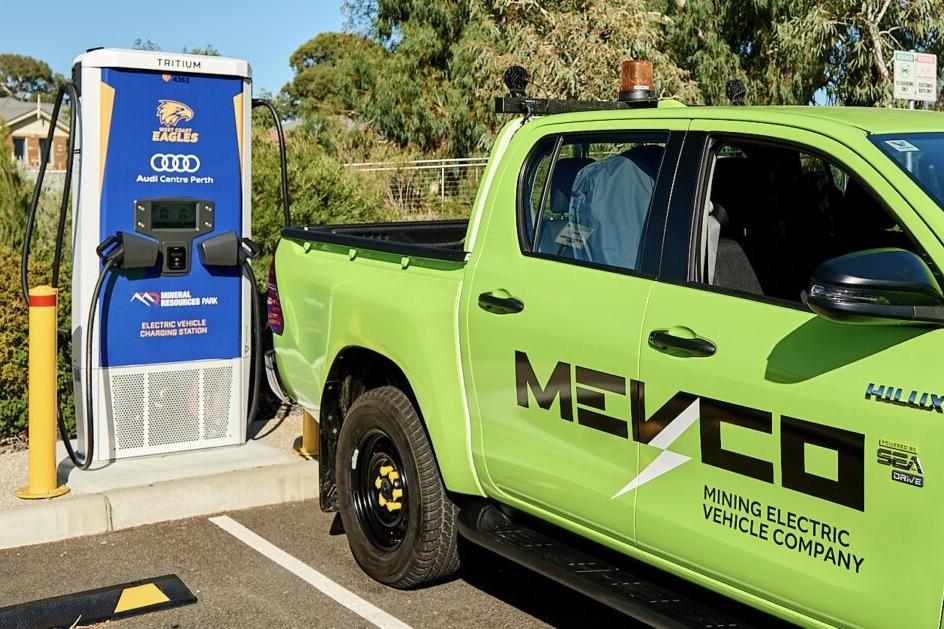
“[We have] 5000 on order right now from the mining space, from one week in Perth doing drives with 44 mining companies. We’ve stopped taking orders,” Mr Cahir told CarExpert recently.
This includes big mining companies focusing on lithium and nickel for export into EV battery material. The first client is Mineral Resources, which operates two of the world’s biggest hard-rock lithium mines, in the red dirt of remote WA.
MEVCO isn’t responsible for the engineering, but has instead done a deal with Australian-based (and globally renowned) electric commercial vehicle converter SEA Electric to fit its proprietary EV drivetrain. It’s an ideal match as SEA Electric looks to bolster its client base.
SEA already creates electric Hino trucks and recently inked a deal with iconic truck-maker Mack. It even ‘re-powers’ iconic yellow American school buses for that market. Its EV driveline is transferrable and the battery can be repurposed as stationary storage later on, paired to on-site solar arrays.
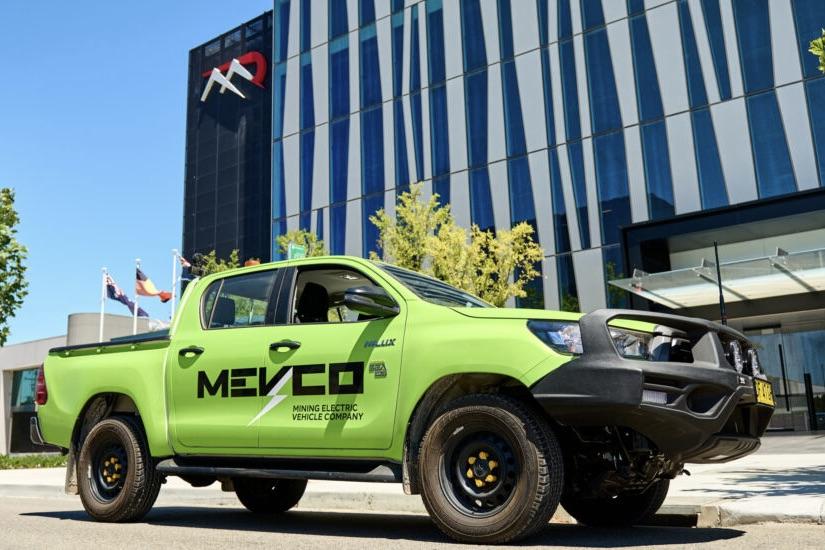
Additional development work on the MEVCO HiLux EV is being done by GB Auto Group based in regional New South Wales to make sure the EV driveline works as intended.
Toyota Australia is not involved directly in the project, even through it has previously worked on a LandCruiser 70 Series EV with BHP for potential mining use.
However, GB Auto’s Project Engineer Nicholas Gardner was an Evaluation Engineer at Toyota Australia for three years, until July 2021, so clearly knows the product.
While finding thousands of donor HiLuxes therefore isn’t easy, working in the project’s favour is the fact that many mining companies have a big bank of vehicles on order. MEVCO also says it’s buying up as many as it can from dealers, so long as they’re under 12 months old.
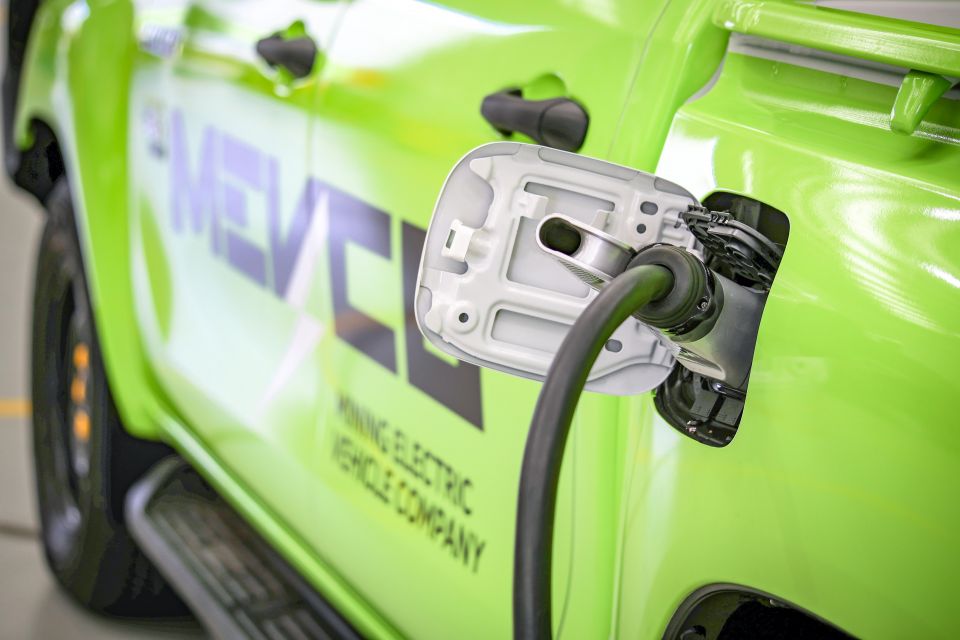
Mr Cahir said the mission to electrify Australia’s mining vehicles – necessary as mines embark on ambitious net zero goals and need to work out how to make it all work – goes back around five years, being a long-standing goal for its private equity firm owner Resource Capital Funds.
“We’re building something that is going to be operating in the hottest climates in Australia, the dirtiest or dustiest environments, up to its neck in mud … a lot of capacity needing to be carried or towed, operating on declines or inclines,” he said.
“… We chose HiLux and LandCruiser because they’re the predominant workhorses, chassis are built to last… [it was] finding the architecture to fit within that.”
One key application for the HiLux EV will be underground, where its lack of tailpipe emissions is a real win.
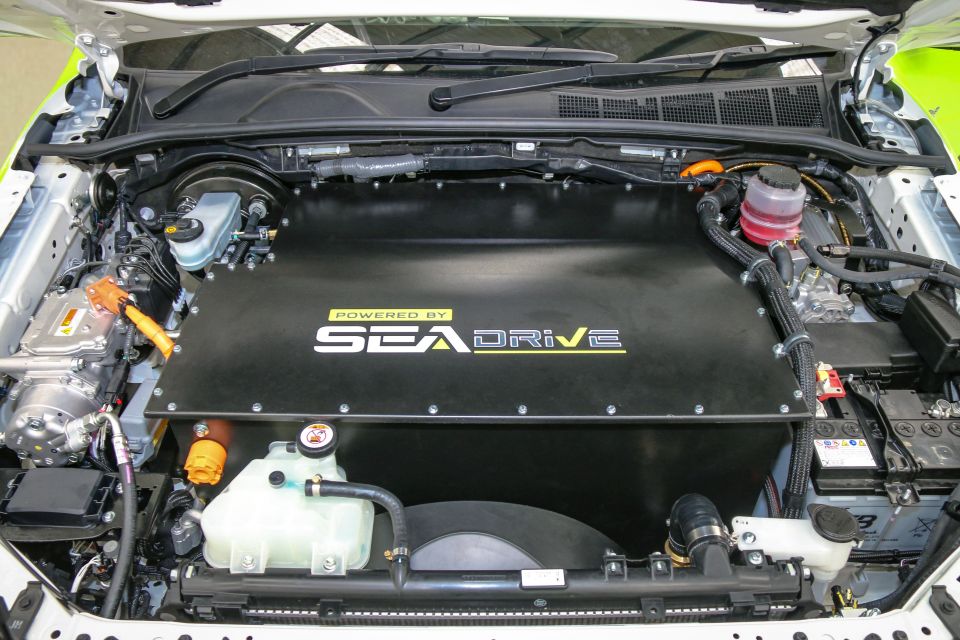
The SEA-Drive EV power-system transplant comes in 4×2 and will soon be available as a 4×4 (a motor in the transmission tunnel runs the mechanical system). The 60kWh battery gives 260km of claimed range, and the 88kWh up to 380km of range, MEVCO claims.
DC charging is available for the system, designed to supply up to 80 per cent battery power in less than an hour. All vehicles will come with a five-year factory warranty on the batteries, which are designed for a decade of use.
It’s not clear what will happen to all those new Toyota diesel engines, but options include using them for on-site parts or selling them. There’s no current arrangement for Toyota to provide MEVCO and SEA with utes without drivelines direct from the factory, known as gliders.
Mr Cahir added MEVCO would consider ways to tap the new Federal Government fund designed to incubate Australian advanced manufacturing companies to the tune of $15b.
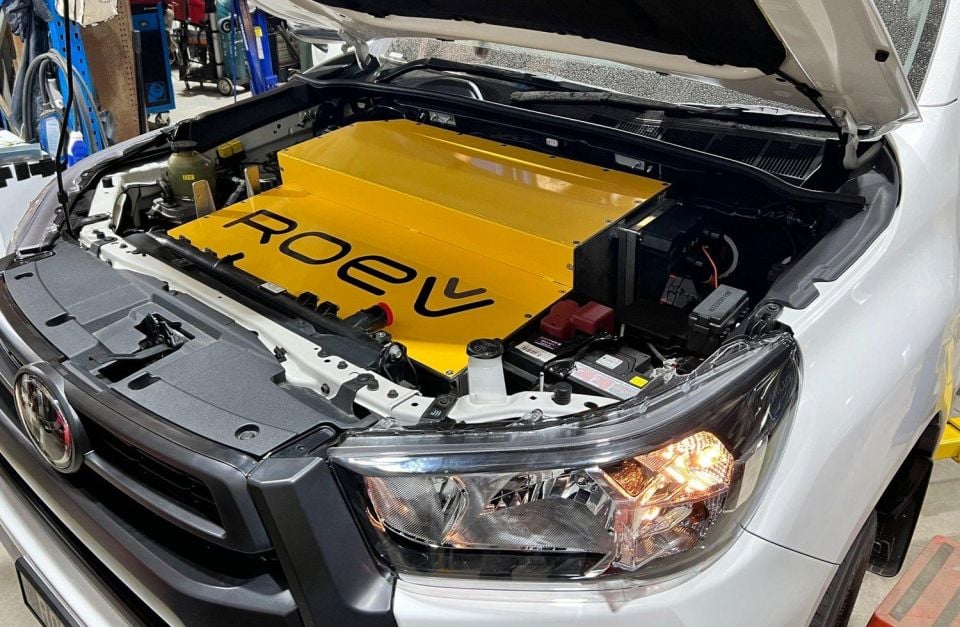
By the way, the MEVCO deal is not the only example of electrified HiLuxes in Australia.
Late last year, Australian company ROEV announced details on its EV Fleet Program, which will allow customers to have their post-2016 HiLux and Ford Ranger 4×2 and 4×4 workhorses converted to pure electric.
There are two proposed configurations: a 64kWh Standard Pack offering up to 240km of range, and a 96kWh Extended Pack offering up to 360km.
One take-away from all this is clear: While Australia is stuck in the slow lane when it comes to proliferation of EV workhorses, the private sector is plugging the gap.
Where expert car reviews meet expert car buying – CarExpert gives you trusted advice, personalised service and real savings on your next new car.


Matt Robinson
2 Hours Ago


Damion Smy
2 Hours Ago


Damion Smy
16 Hours Ago


Damion Smy
18 Hours Ago


Damion Smy
19 Hours Ago


Damion Smy
21 Hours Ago